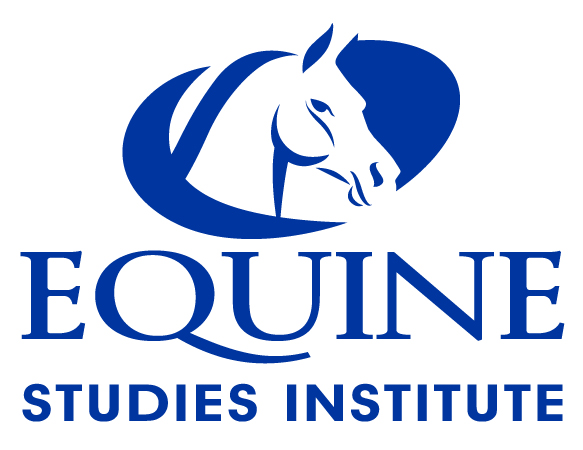Health and Disease Management Course Description
Horse Health and Disease Management Online Horse Course
Equine Health and Disease Management is an informative course offered to the equine science student as a college level course that follows the guidelines set up to correspond to college level credit for an Equine Science curriculum at any major university. This is also an extremely helpful course for anyone wishing to learn more about disease processes and health management of their own horses.
Equine Health and Disease Management is a 12-lesson course that introduces the student to diseases and lameness associated with the musculoskeletal system, as well as diseases of the respiratory, digestive, neurological, reproductive, and other major organ systems of the horse.
After successful completion of this course the student will find themselves to be much more knowledgeable and proficient at recognizing and managing some of the major health problems associated with the horse. The emphasis of this course will be on preventive maintenance and necessary managerial practices needed to keep the equine athlete, broodmare or family horse in good health.
- Common Lameness and Disease Conditions of the Front Limb
A. Shoulder Lameness
B. Forearm Lameness
C. Knee Lameness
E. Cannon and Splint Bone Problems
F. Fetlock and Pastern Problems
- Therapies and Treatment Modalities for Lameness
A. Cold and Heat Therapy
B. Topical Anti-inflammatory Medications and their Use.
C. Various Technological Anti-inflammatory Modes of Treatment
D. Prescription Anti- inflammatory Medications
E. Nutraceuticals – Natural Healing Products.
- Common Hoof Disorders
A. Sole bruising and Abscesses
B. Corns
C. Sand Cracks
D. Navicular Syndrome
E. Laminitis (Founder)
- Common Lameness and Disease Conditions of the Hind Limb
A. Upper Hind Limb Disorders
B. Disorders of the Stifle
C. Spavin and Other Disorders of the Hock
D. Lower Hind Limb Problems
- Detecting Illness and Emergency conditions of the Horse
A. Recognizing An Emergency
B. Vital Signs of the Horse
C. When to Call the Veterinarian
D. Administering Intravenous and Intramuscular Injections
E. Barn First Aid Kit
- Important Contagious Diseases; Description, Treatment, and Prevention
A. Common Upper Respiratory Disease; Their Prevention and Treatment
B. Other Diseases Commonly Vaccinated For in the Horse
C. Equine Vaccines and Vaccination Schedules
- . The Equine Digestive System and Colic
A. Choke
B. The Extensive Subject of Colic in the Horse
C. Internal Parasites; Their Prevention and Treatment
- Diseases of the Reproductive System of the Stallion and Mare
A. Mare Infertility
B. Broodmare Management
C. Stallion Infertility
D. Stallion Management
E. Artificial Insemination
F. Embryo Transfer
G. Normal Breeding Behavioral Parameters
- Foal Diseases and Health Management
A. Neonatal Management
B. Common Neonatal Diseases
C. Problems Associated with the Immediate Post-Natal Period
D. Care of the Orphan Foal
E. The First Six Months
F. Weaning
- Miscellaneous Conditions of the Eye and Other Special Anatomical Areas
A. Common Eye Disorders
B. Physical Problems of the Spine and Back
C. Conditions Involving the Muscles of the Horse
- Common Skin Disorders of the Horse
A. External Parasites
B. Skin Diseases
C. Skin Tumors and Proud Flesh
D. Equine Wound Healing Products
- Administration of Medication to the Horse
A. Oral Medication
1. Stomach Tube
2. Balling Gun
3. Feed Additives
4. Pastes and Gel
B. Parenteral Administration
1. Intramuscular
2. Intravenous
3. Intravenous Catheters
4. Intra-articular
Click Here To Enroll In Course
- Start course at anytime – no waiting for a semester to begin
- Completion deadline of one year from enrollment date. Extensions available.
- Work one-on-one with your instructor
- You can take just the one course
|
